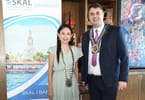Russian- Ukrainian art is taking another bloody dimension, including a bloodchain currency.
The Ukrainian Constitution Day is celebrated on Tuesday, June 28 in war-torn Ukraine.
The Victory Day in Russia and the military parade on May 9 was one of Russia’s most important national events. It is a remembrance of the Soviet sacrifice made in defeating Nazi Germany in what is known in Russia as the “Great Patriotic War”.
The Victory Day parade on May 9 was one of Russia’s most important national events. It is a remembrance of the Soviet sacrifice made in defeating Nazi Germany in what is known in Russia as the “Great Patriotic War”.
The parade this year was disrupted by an image of President Putin filled with the blood of Ukrainian soldiers appearing on spectators’ smartphones. More than 200,000 people within a one-mile radius of the parade were expected to have watched the chilling sculpture geo-navigationally using
But the military parade has been disrupted by an image of Putin filled with the blood of Ukrainian soldiers appearing on people’s smartphones.
Andrei Molodkin, a Russian conceptual artist, has created a sculpture filled with 850g of blood from eight Ukrainian soldiers.
The former Soviet soldier turned artist has digitally shared his masterpiece with people gathered in Moscow for the military parade in a bid to expose Putin as a “bloody criminal”.
More than 200,000 people within a one-mile radius of the parade are expected to view the chilling sculpture navigationally using augmented reality (AR) technology.
The technology used to share was produced at The Foundry, an art production site, owned by Andrei Molodkin.
On Ukraine Constitution Day, Tuesday, 28th June, the artwork switches from Russia and will only be available across 24 war-torn Ukrainian cities.
It will be viewed via augmented reality on smartphones by young students in Chernihiv, Ukraine for the Ukraine Constitution Day.

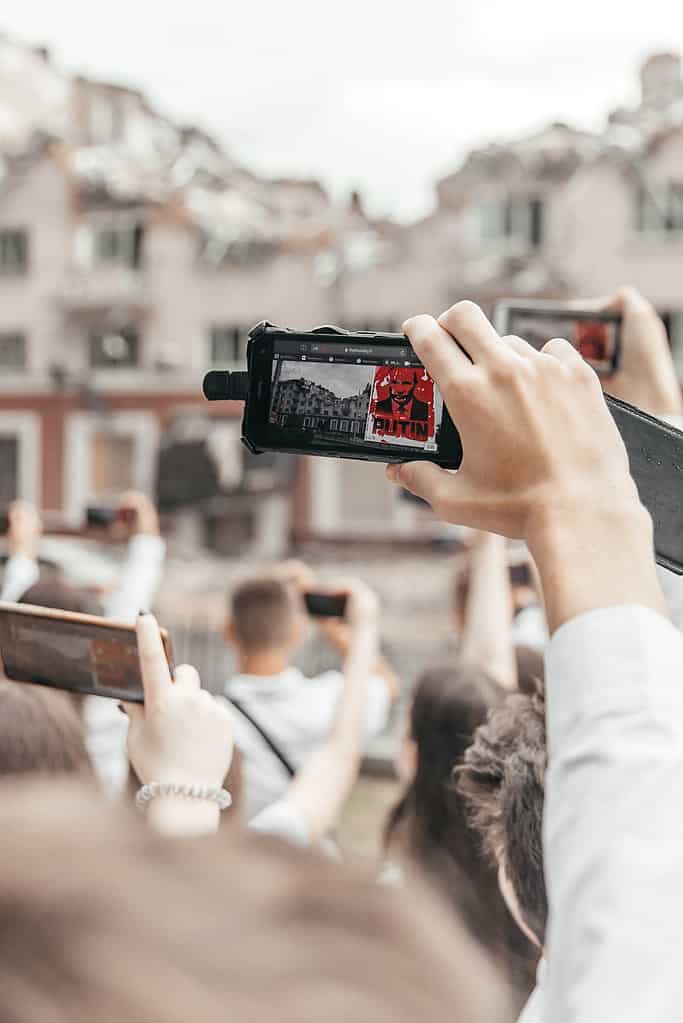
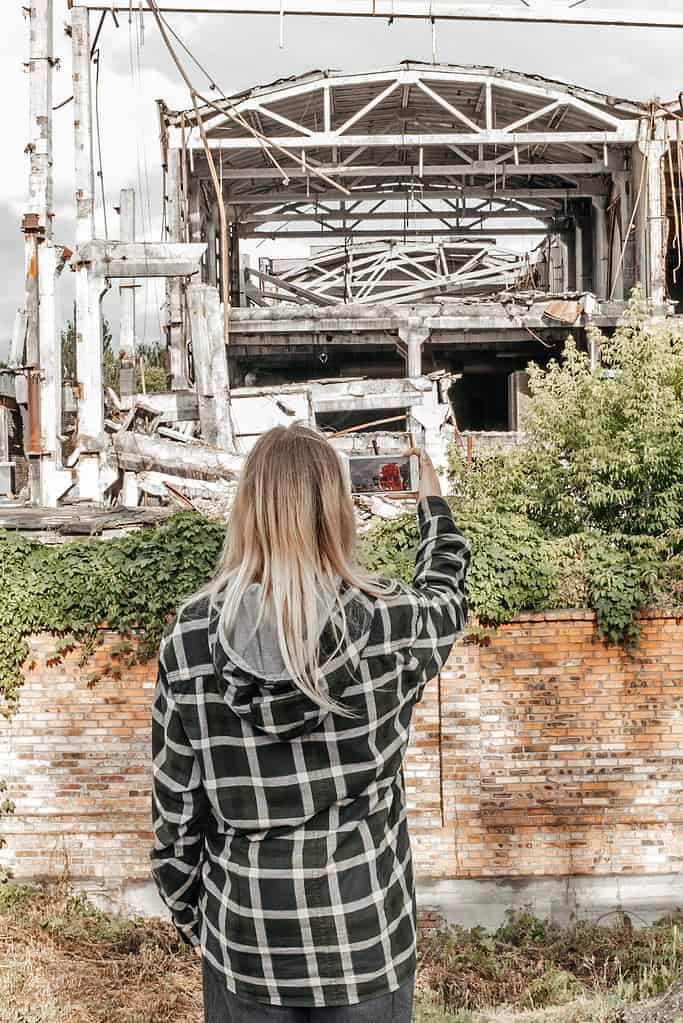

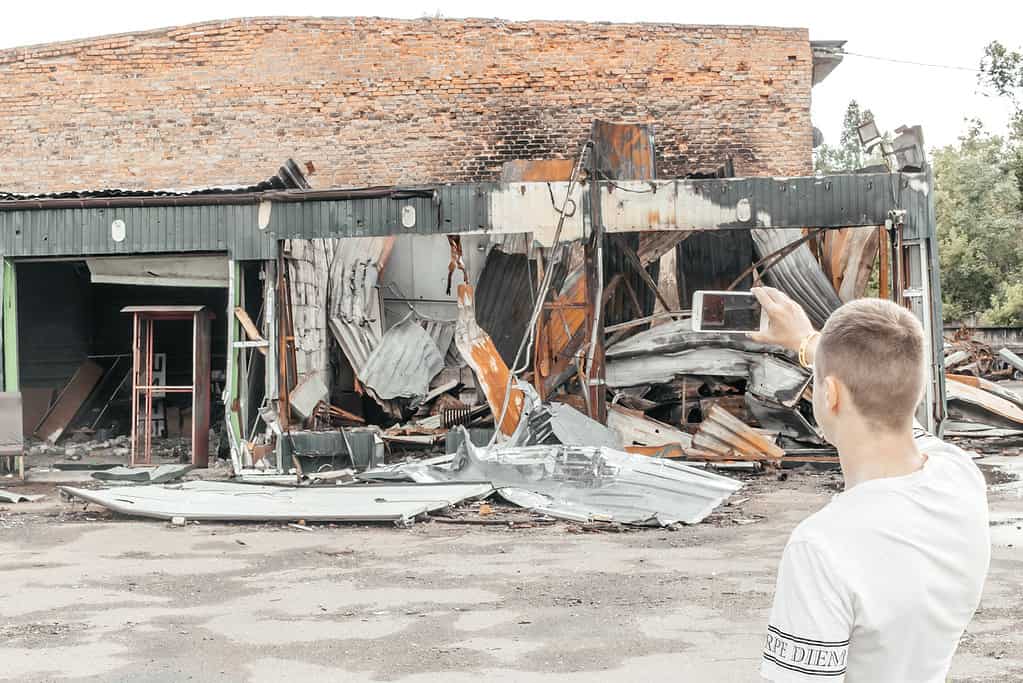

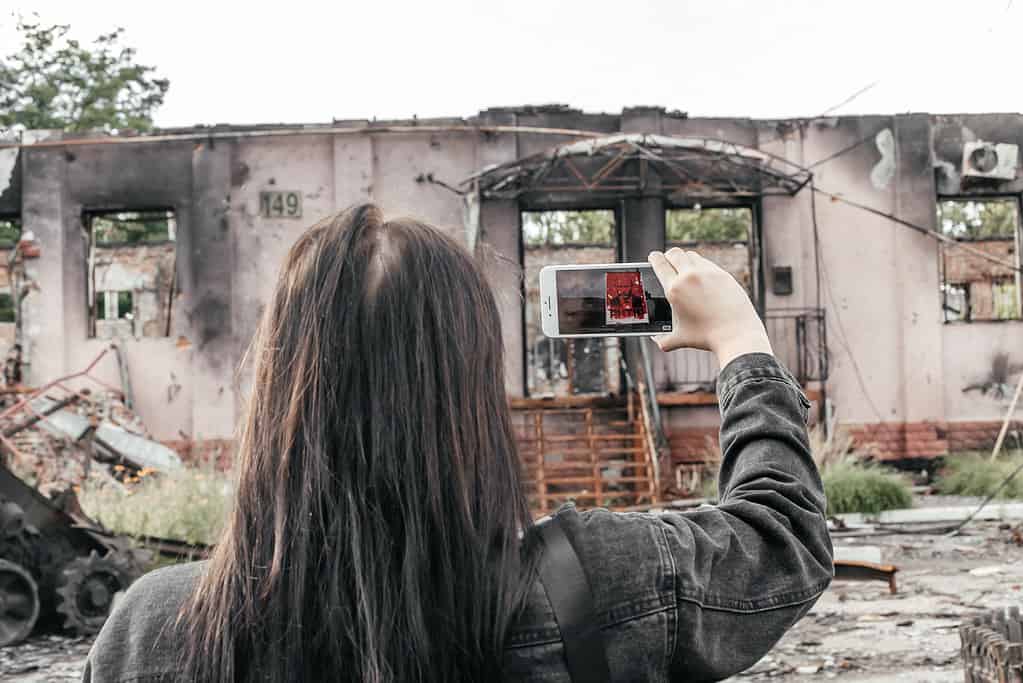



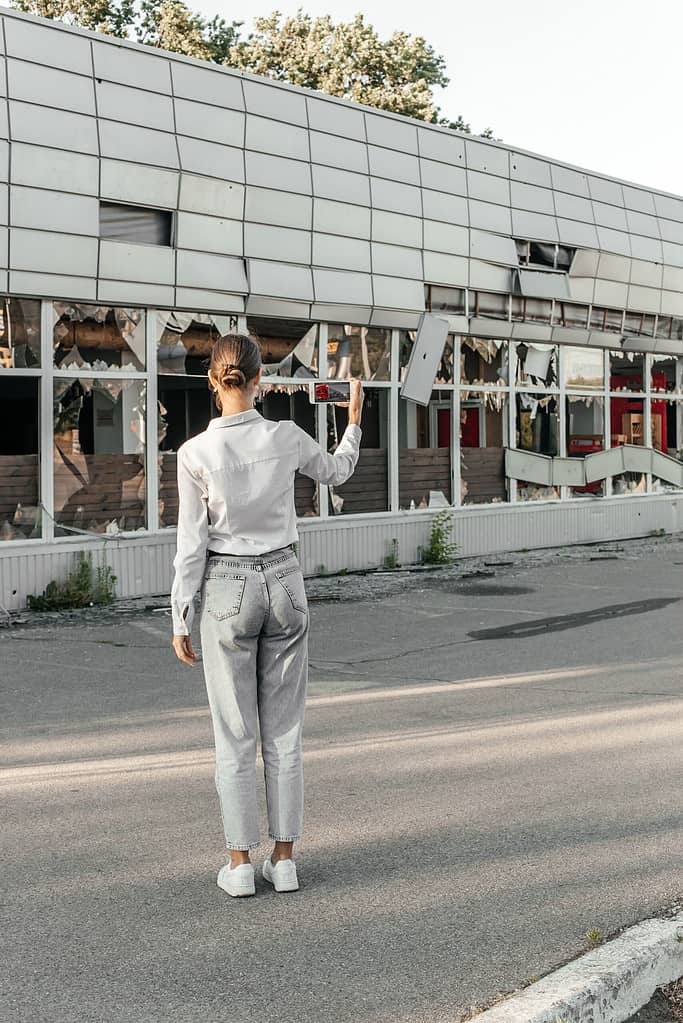
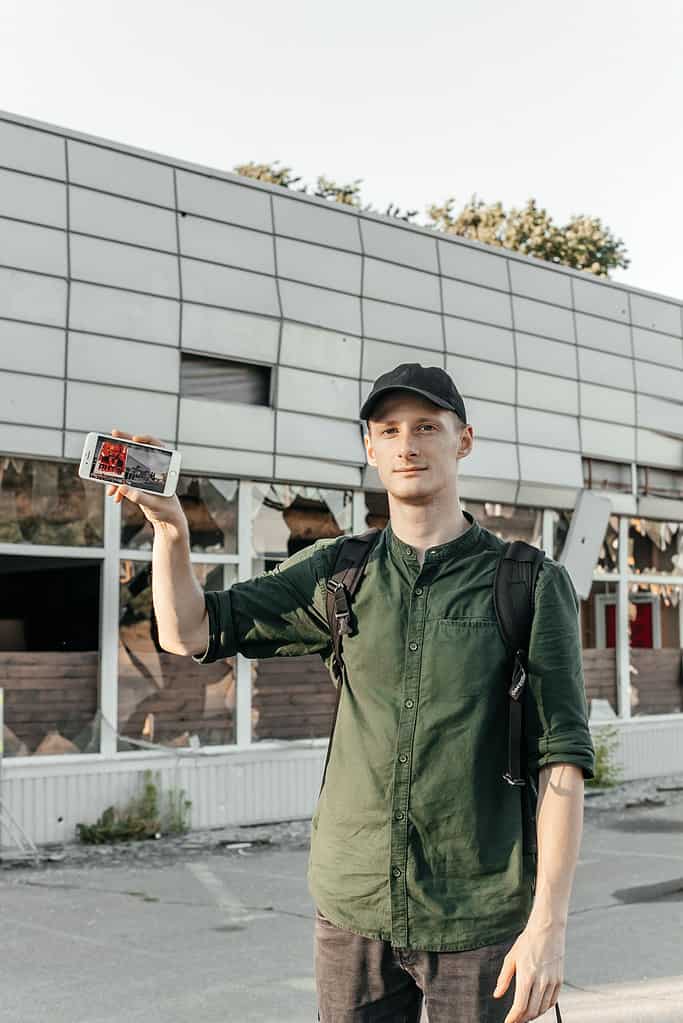
The artist started an NFT. NFT pụtara ọ bụghị fungible token. A na-ewu ya site na iji otu ụdị mmemme dị ka cryptocurrency, dị ka Bitcoin ma ọ bụ Ethereum, mana nke ahụ bụ ebe myirịta ahụ kwụsịrị. Ego anụ ahụ na cryptocurrencies bụ "efu," nke pụtara na enwere ike ịzụ ahịa ma ọ bụ gbanweere ibe ha.
He called it a Bloodchain. It will be a collection of 24 Unique NFT portraits of Vladimir Putin, filled with blood donated by Andrei’s Ukrainian friends. They were given to him before they traveled to the frontline to fight the Russian invasion/
Each NFT is dedicated to a different Ukrainian city bombed by Russian Military Forces and includes the corresponding death toll at the moment of minting. The data has been compiled by a network of journalists, hospital workers, researchers, and official records.
The NFT was presented in various public spaces, also in London and Ljubljana, and exposed on victory day in Russia.
Funds raised will be donated automatically to UNICEF to finance blood transfusions.
This charity project is the first WEB3 project by Andrei Molodkin. It will be a forerunner to a large-scale project planned on American imperialism.
Andrei Molodkin was born in Buy, Kostroma Oblast, a small town in North-Western Russia. He served in the Soviet Army for two years from 1985-7 transporting missiles across Siberia. He later graduated from the Architecture and Interior design department at the Stroganov Moscow State University of Arts and Industry in 1992.
Russian artist Andrei Molodkin has produced a portrait of Vladimir Putin filled with Ukrainian blood as a protest against the invasion of Ukraine. The sculpture has been made in collaboration with his Ukrainian friends and co-workers, based with him at The Foundry in France, who donated their blood before returning to their home country to fight.
Notorious for his use of blood and oil, Molodkin has dedicated his life to deconstructing broken concepts of Democracy, Government, and Imperialism. As a result, he has been subject to extensive censorship.
Molodkin’s practice comprises drawing, sculpture, and installation. His drawings are made in ball-point pen, an implement that references his experiences in the Soviet Military “where soldiers would receive two Bics a day to write letters”, they are often “laboriously drawn replicas of mass-media images”
In 2009 Molodkin was invited to participate in the Russian Pavilion of the 53rd Venice Biennale, the exhibition was named ‘Victory Over The Future’.
For the Pavilion Molodkin submitted his 2009 work ‘Le Rouge et le Noir’, a multimedia installation that featured two hollow acrylic block replicas of the statue of Nike of Samothrace, a Hellenistic sculpture on permanent display at the Louvre depicting Nike, the Greek goddess of victory.
The installation featured the blood of a Russian soldier and veteran of the Chechen War being mixed, using a system of pumps, with Chechen oil inside the cavities of the blocks. The piece was deemed too controversial leading to the pavilion’s curator removing the description of the piece from the display.
A 2013 exhibition by Molodkin in the Void Gallery in Derry entitled ‘Catholic Blood’ was created specifically for the context of Derry and Northern Ireland. ‘Catholic Blood’ tapped into contentious historical divides in Ireland, as its subject is based on the Catholic Relief Act of 1829 and a particular clause of the British constitution that reportedly forbids any MP from advising the sovereign on ecclesiastical matters if they are of the Catholic faith, though this was disputed by Dr. Bob Morris, an expert in constitutional affairs at University College London.
Molodkin correctly asserted, “Yes, but there have been no Catholic prime ministers, perhaps when we talk about it we will get one.
He currently lives and works between the French capital, Paris, and Maubourguet in Southern France. His work is held in a number of significant public and private collections, including the Tate national collection.
IHE Ị GA-Ewepụ na edemede a:
- It is a remembrance of the Soviet sacrifice made in defeating Nazi Germany in what is known in Russia as the “Great Patriotic War”.
- It is a remembrance of the Soviet sacrifice made in defeating Nazi Germany in what is known in Russia as the “Great Patriotic War”.
- The former Soviet soldier turned artist has digitally shared his masterpiece with people gathered in Moscow for the military parade in a bid to expose Putin as a “bloody criminal”.






















